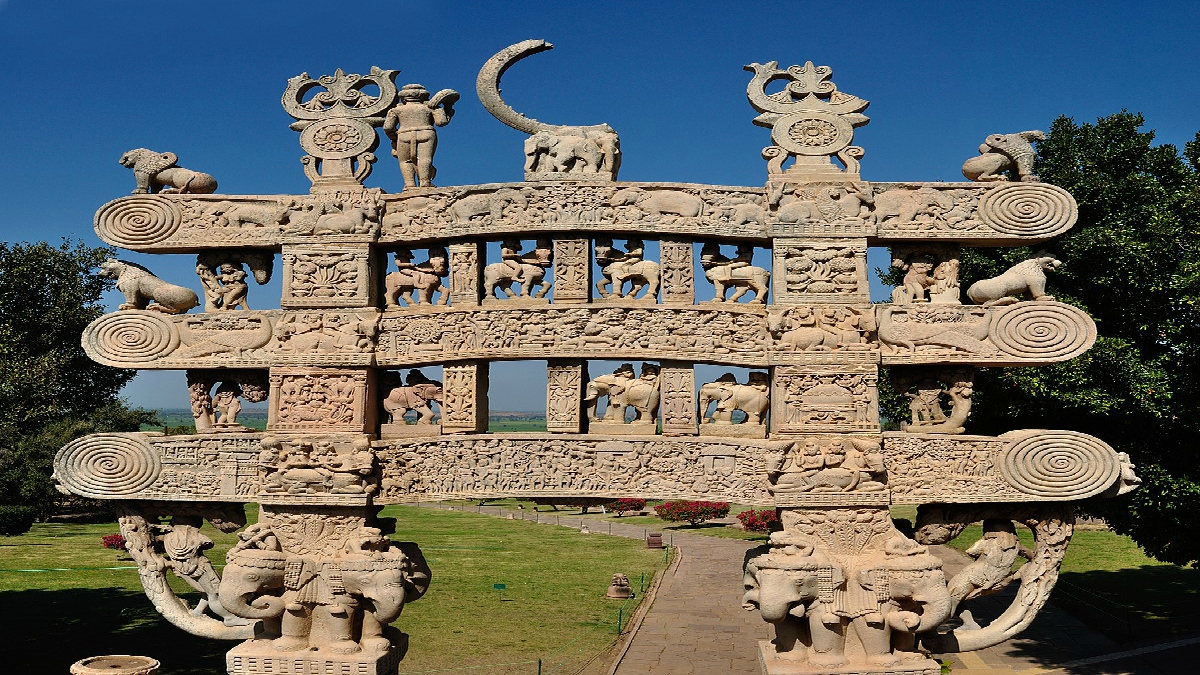
In 2002, an interesting paper titled “Early Modernity: The History of a Word” was published in The New Centennial Review of the Michigan State University Press. The paper was authored by Prof. Patricia Seed, then a historian at Rice University, who specializes in early modern and colonial European eras. In the paper, she traced the origins of the word “modern” to the sixth century C.E. (then A.D.) when it was first used in northern Italy. This was when the Roman Empire still existed but northern Italy was conquered and ruled by Germanic Ostrogoths. According to Prof. Seed, the word modern made its debut in the context of architecture when the Ostrogothic ruler of northern Italy encouraged wealthy Roman families to undertake reconstruction of public buildings at their private expense. The outcome was that the new buildings had a different architectural style which distinguished them from those built under Roman imperial rule. Praising the contribution of a particular family for its reconstruction of the Theater of Pompey, the scribe of the Ostrogothic ruler called the family “a careful imitator of antiquity and the noblest founder of modern works” (translation). In this context, according to Prof. Seed, the word modern simply meant “different” without any value being imputed to it, neither positive nor negative.
Subsequently, for a brief period, the word doubled up as a synonym for “new”, thereby bringing in the element of time. In other words, the word modern was not only a reference to the time that something belonged to, it was equally, and perhaps more importantly, a reference to the period it did not belong to. Around the early fourteenth century, it was significantly used in Dante’s Divine Comedy wherein it acted as a synonym for contemporary. Importantly, it was used to compare the present with the past, with the present faring poorly compared to the past. Simply put, the use of modern was a coded criticism of the present.
It was only almost a century later, around the 1430s, that modern was used in southern Europe’s Romance languages to show the past in poor light and congratulate the present. As for English, Scottish Poet William Dunbar is credited for using it first in his Poems wherein the word was used to show the present in positive light while remaining tight-lipped about the past.
The adversarial pitting of the past and the present with the balance tilting in favour of the latter occurred in English in the sixteenth century when modern referred to “someone who takes part in the tastes and cares of his age, and is opposed to all conservatism”. While Prof. Seed’s paper captured the antagonism introduced between the past and the self-congratulatory present by the use of modern, she did not touch upon the relationship between European colonialism, the introduction of coloniality and the code embedded in the word “modern”. To understand this aspect of modernity and its colonial undertones, one has to refer to the literature on decoloniality wherein scholars such as Catherine E. Walsh and Walter D. Mignolo have captured the compound concept of modernity/coloniality, its use by colonizing powers on colonized societies, and their continuing effects on postcolonial societies and the rest of the world.
The literature on decoloniality itself declares that decoloniality was born in response to this all-pervasive Western-normative notion called “modernity” whose hegemonic use by colonizing powers as well as colonialized native elites in postcolonial societies has systematically isolated and ostracized indigenous traditions and knowledge systems in the very societies of their birth. In fact, modern has been used to shame the native into abandoning her traditions and push her into adopting the colonizer’s worldview. So much so, that the word “traditional” is hurled by colonialized natives themselves at native/indigenous worldviews as a pejorative to indicate parochiality and rigidity. This is precisely why decoloniality is indigeneity’s response to coloniality, to take back its identity and to declare its continued existence and validity in the face of an ocean of “modernity”.
The effect of modernity is that native onto-epistemological systems have been “otherized”; they are “alternatives” to the “modern mainstream” and must prove themselves on the anvils of the latter, which they will never succeed at because the coloniality/modernity matrix is designed to exclude indigenous perspectives. Despite its outward proclamations of open-mindedness, dialogue and diversity, the colonial DNA of modernity actively resists and ousts indigeneity. It refuses to accord indigeneity the respect of an equal and uses time as the weapon to question the very relevance of the indigenous point of view. Clearly, modernity effectively represents the weaponization of time by the colonizer who negates and denies the histories and the lived experience of entire civilizations, such as Bharat’s, from the moment of his arrival.
This is what makes decoloniality an active framework, tool, way of life and perspective of resistance and “re-existence”, as Walsh and Mignolo call it. It takes its own contextual shape based on local experiences of hitherto colonized societies which are still dealing with the transgenerational after-effects of colonization through the pervasive presence of coloniality at every turn in every institution.
In the next few pieces, the author shall attempt to unpack these thoughts in greater detail with examples.
J. Sai Deepak is an Advocate practising as an arguing counsel before the Supreme Court and the High Court of Delhi.